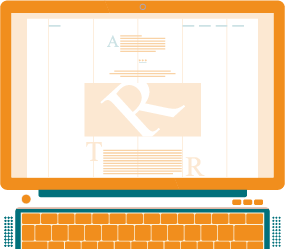Risk Management Blog
Content for Risk
Management Professionals

August 13, 2019
Can enterprise risk management (ERM) benefit the insurance industry? Can it provide a strong foundation for sound decision-making?
Insurers who invested in ERM years ago have realized tangible benefits. Many more insurance organizations are only now starting to implement or enhance ERM within their risk management framework.
Insurance companies are likely to focus on mitigating traditional risks like pricing and underwriting, and some emerging risks like cybersecurity. Unfortunately, insurance companies who have addressed risk in these silos are not looking at how the risks they face interact with each other for a broader enterprise risk.
Your organization can identify, assess and mitigate material risks more effectively and efficiently with a thorough ERM framework. Your team gains massive benefits from embedding ERM that is aligned with your corporate culture and strategic goals into your overall business operations.

What are the Insurance Industry’s ERM Challenges?
In recent years, major macro forces have added urgency to the insurance industry’s need for ERM. These include:
Consequently, insurers are gaining interest in ERM. Insurance company boards, management and other personnel are making risk management a priority. Chief risk officers have gained influence in the C-suite and established a focus on the design and execution of ERM programs.
The Benefits of ERM for Insurers
All departments — including finance, actuarial, strategy and others — must embed ERM into their daily operations. A collaborative risk management infrastructure makes every department part of the overall decision-making process. Every business tier then plays a part in managing risks associated with accidental losses, as well as the full set of regulatory compliance, financial, strategic and operational concerns.
Insurance companies feel the increased scrutiny of an ever-changing regulatory environment. Your risk managers must understand changes at the federal and state level.
In addition, ERM helps in managing specific insurance risk categories, including:
A successful ERM integrates with your organization’s already proven and effective risk management tools, such as Asset Liability Management (ALM), which encompasses the three insurer-specific risk categories.
ERM empowers insurance companies to anticipate and address a wide variety of change before risk materializes. Against a backdrop of low interest rates, volatile markets and depressed returns, ERM can offer insurers a better, more robust approach to managing risk that can release significant trapped value.
With an ERM solution, insurers can both be confident of regulatory compliance and develop a cost-effective, flexible and forward-looking risk management culture. With Procipient’s next-generation ERM solution, you’ll realize the benefits of an enterprise-wide approach to risk management.